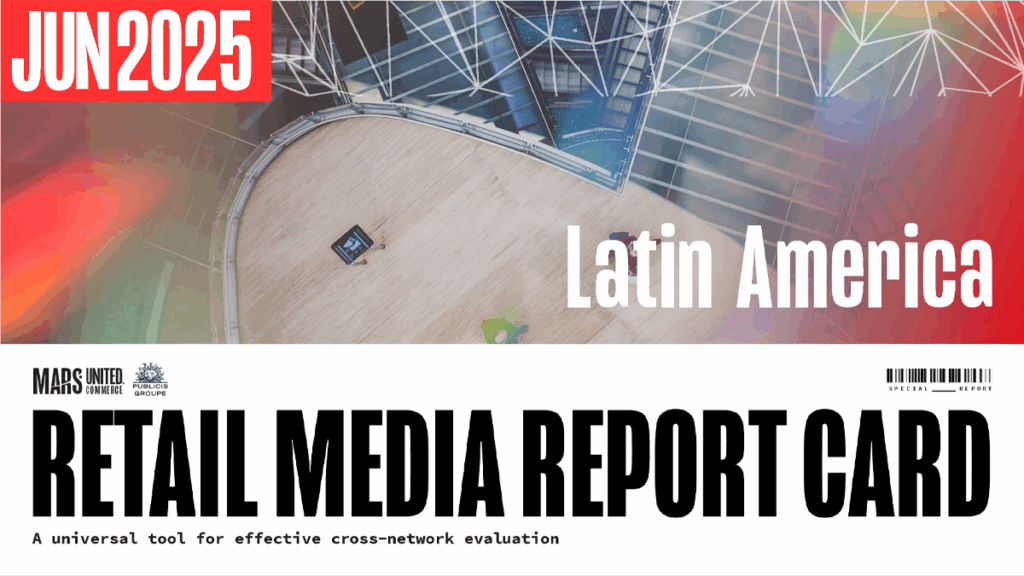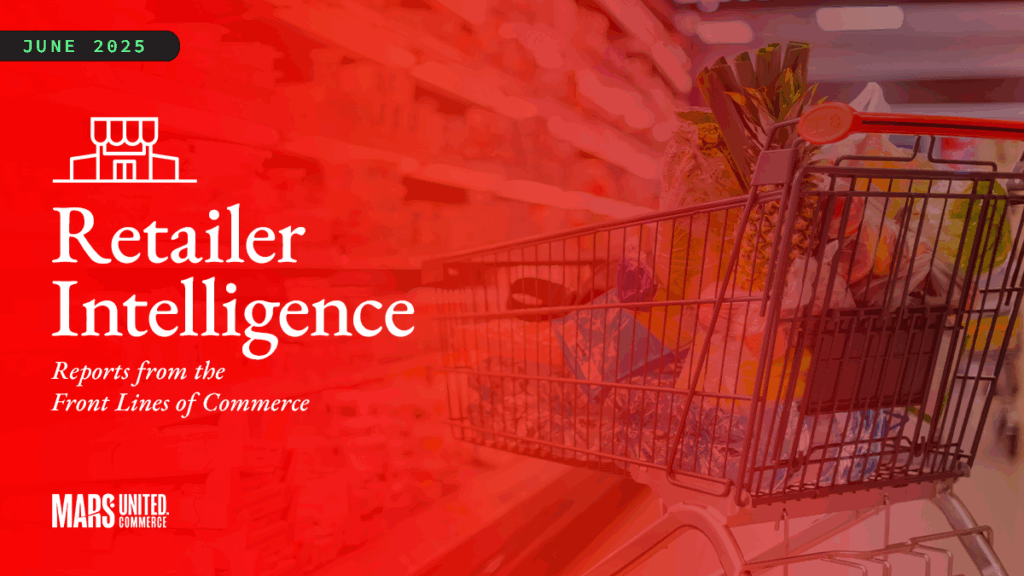Staying ahead of an increasingly complex marketplace requires advanced capabilities in three key areas.
By Michele Roney, Mars United℠ Commerce
Originally published by ANA.net.
It’s not easy being a retailer’s chief marketing officer these days:
- Digital transformation has the marketplace evolving at a breakneck speed that requires constant enhancements to both the tech stack and the marketing team.
- Shopper expectations are changing just as quickly, and now include multiple methods of purchase and fulfillment that make it difficult to create a cohesive brand positioning.
 Building and maintaining loyalty has become increasingly complex now that shoppers have numerous options at their literal fingertips.
Building and maintaining loyalty has become increasingly complex now that shoppers have numerous options at their literal fingertips.- The economy continues to leave some shoppers focused solely on price but others more interested in convenience and even indulgence.
- The rise of retail media has complicated the current environment even further. While delivering a lucrative, much-needed new revenue stream to the retail business model (that CMOs are being asked to support), networks that aren’t managed strategically can distract from the CMO’s core objectives: building shopper loyalty while selling more products to more people.
These are the main concerns keeping retailer CMOs up at night these days, according to recent interviews Mars United Commerce has conducted with leaders in the space. They not only need to become better marketers but better marketing partners for brands; they need to become better informed about technology, smarter about data & analytics, and more adept at building internal partnerships.
No wonder they aren’t sleeping much.
The Not-So-Simple Solution
At the most basic level, the solution to all this complexity is quite simple, because it’s the same one that has driven success at retail all along: understanding your shopper.
Doing that well, to the level that’s now necessary, is as complicated as the issues themselves for retailers who don’t have the systems, processes and partners required to efficiently aggregate their first-party shopper data, develop actionable shopper insights, build an effective strategy, and execute the plan.
Based on our interviews, Mars United Commerce has identified three key “capabilities” retailer CMOs need to build within their marketing organizations:
1. First-Party Data Activation. Retailers have never lacked for first-party shopper data, and they now have more than ever. What’s often missing is the ability to aggregate the many available data streams and turn the information into actionable insights. “We have lots of systems talking to our consumers, but they’re not talking to each other,” said one CMO.
The emergence of retail media — driven largely by the growing demand for first-party data — has amplified the need and inspired initiatives to improve data infrastructures at many organizations. But the focus of these efforts is usually to inform the media campaigns of brand advertisers (by giving them addressable audiences) or even monetizing the data directly. CMOs need to ensure that these data efforts will also be used to drive the retailer’s core business forward.
 2. Holistic measurement. The heightened need to prove the impact of their marketing activity is also foremost on the minds of the CMOs we interviewed. The far-simpler use of POS data to determine sales effectiveness that was long sufficient has been replaced by a strong need for granular data that can identify tactic-level impact throughout the purchase funnel and move beyond ROAS to capture lifetime value. “Ultimately we’re trying to measure behavior — not just the transaction,” explained one CMO.
2. Holistic measurement. The heightened need to prove the impact of their marketing activity is also foremost on the minds of the CMOs we interviewed. The far-simpler use of POS data to determine sales effectiveness that was long sufficient has been replaced by a strong need for granular data that can identify tactic-level impact throughout the purchase funnel and move beyond ROAS to capture lifetime value. “Ultimately we’re trying to measure behavior — not just the transaction,” explained one CMO.
Here too, the need to prove the effectiveness of paid retail media programming is motivating retailers to develop sophisticated methods of measurement for their network advertisers. But the same rigor needs to be applied to their internal marketing activity to ensure that shoppers are getting the right message, at the right time, through the right channels.
3. Shopper engagement. Retailers have always been pretty good at using storewide campaigns to drive volume, price-based promotions to boost categories and brands, and rewards to build loyalty (or at least repeat trips). But they’ve often left the insights-driven, solutions-based and, to be honest, stronger loyalty-building shopper marketing activity to their brand partners.
The CMOs we interviewed understand that this needs to change if retailers want to retain shoppers in an age when loyalty can easily be lost through a single “free home delivery” offer from the competition. (“The days of letting brands sell in programs and then retrofitting our plan on top are over,” said one.)
Given their proximity to all that first-party data, retailers are ideally positioned to develop the unified omnichannel communication and unique, personalized engagement shoppers now require to remain loyal. And insights-driven programs would be far more beneficial to collaboration-minded brand partners than purely price-driven promotions.
“We’re learning and evolving. We’re not perfect, but we’re moving,” said one CMO, in discussing the need for these capabilities.
Mastering all three is about as far from simple a task as you can find. But doing so will be critically important for future success at retail — and for CMOs finally getting a good night’s sleep someday.
 About the Author
About the Author
EVP Michele Roney leads Mars United Commerce’s Retailer CX business, which helps retailers drive growth through marketing, customer experience design, and the creation, operationalization, and monetization of retail media networks. A 32-year Martian with experience across retail marketing, media and promotion, she has led the ground-up development, management and support of leading networks both in the U.S. and Canada.



